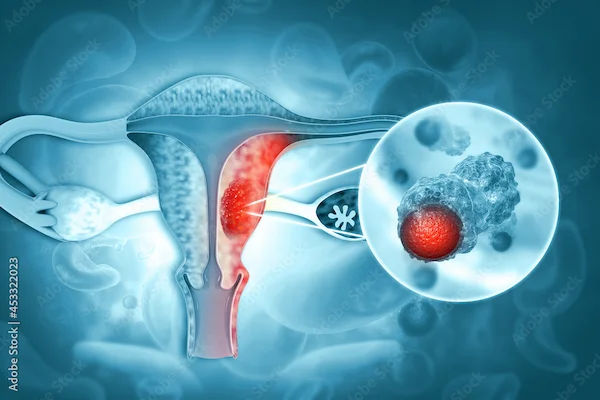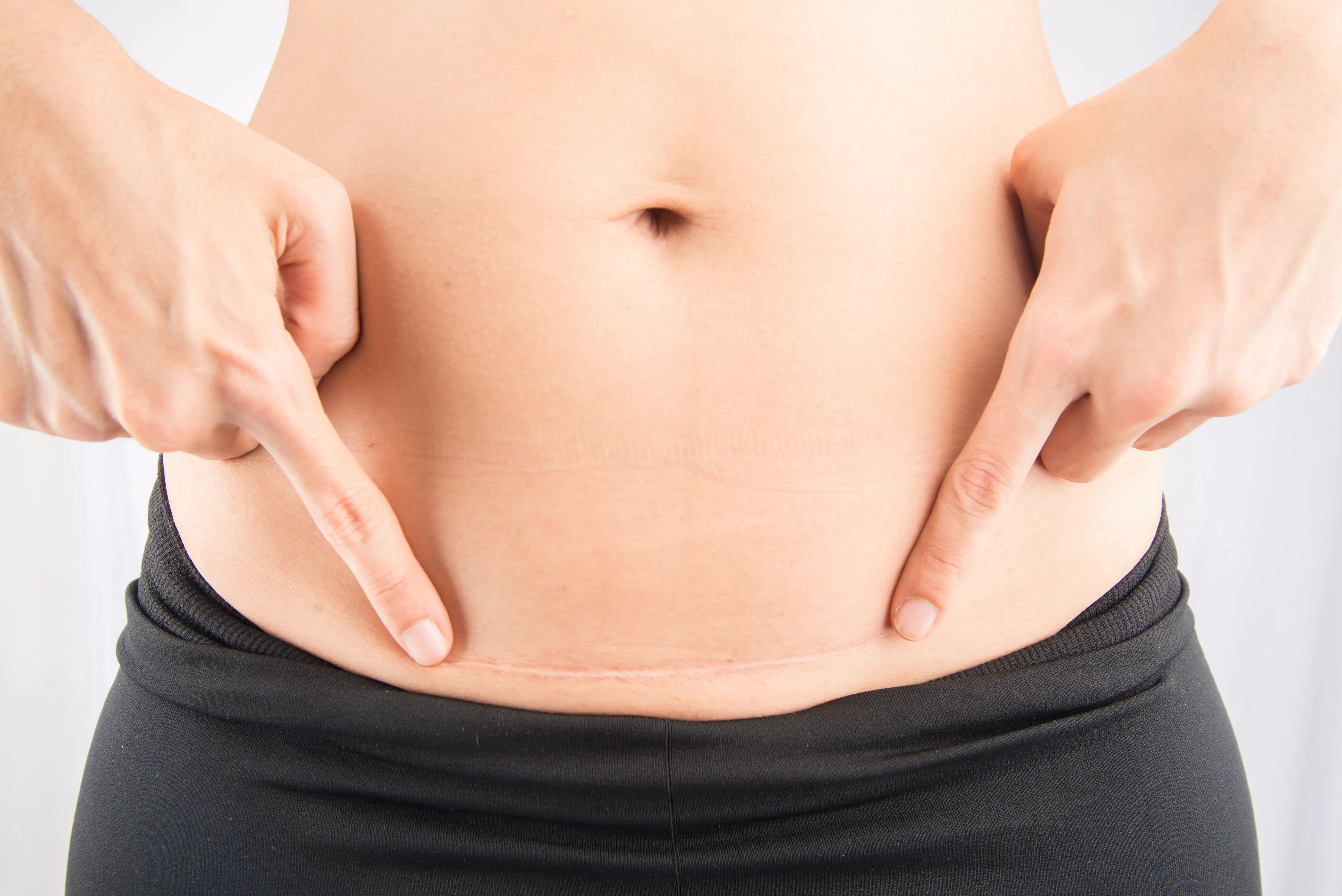Best Pregnancy Sleeping Position: A Comprehensive Guide for Expecting Mothers
Discover the best pregnancy sleeping positions for expecting mothers. Learn tips and recommendations for safe and comfortable sleep throughout your pregnancy.

Written by Dr. Sonia Bhatt
Last updated on 3rd Jul, 2025

Introduction
Pregnancy is a magical journey, but it comes with its own set of challenges. One of the most common struggles that pregnant women face is sleeping comfortably. As the pregnancy progresses, finding a sleeping position that supports the growing baby and offers the best rest becomes increasingly tricky.
Why Does Sleeping Position Matter During Pregnancy?
Sleep is essential for both the mother and the baby. During pregnancy, sleep plays a crucial role in maintaining overall health, boosting energy levels, and supporting the growth and development of the baby. However, as your pregnancy progresses, changes in your body, such as a growing belly, hormonal shifts, and increased blood volume, can make it challenging to get comfortable and sleep soundly.
A good sleeping position can help alleviate common pregnancy discomforts like back pain, heartburn, leg cramps, and difficulty breathing. It also ensures optimal blood circulation to both the mother and baby. On the other hand, sleeping in the wrong position could lead to complications such as restricted blood flow, which can affect both the baby's and the mother's health.
The Best Pregnancy Sleeping Positions
1. Sleeping on Your Left Side
The left-side sleeping position is the best for pregnant women, particularly during the second and third trimesters. Here's why:
Improved Blood Flow: Sleeping on the left side optimises the flow of blood and nutrients to the placenta. This helps support the baby's growth and ensures that the mother’s kidneys function well, which is essential for maintaining healthy fluid levels and reducing swelling in the legs and feet.
Reduces Pressure on the Liver: The liver, which is on the right side of the body, is less compressed when you lie on your left side. This can reduce the chance of discomfort and help with detoxification.
Prevents Back Pain: Sleeping on the left side helps align the spine naturally, relieving pressure from the lower back, a common complaint among pregnant women. It also reduces the chances of experiencing sciatica, a sharp pain that radiates down the legs.
Reduced Risk of Stillbirth: Research has shown that sleeping on your left side may lower the risk of stillbirth by promoting optimal blood flow to the baby. This position is thought to prevent pressure on the inferior vena cava (the large vein that carries blood back to the heart).
2. Sleeping on Your Right Side
Although the left side is generally recommended, sleeping on your right side can also offer similar benefits, especially if the left side feels uncomfortable. Here are a few key points:
Improves Circulation: Like sleeping on the left, the right side can improve circulation and reduce swelling, but it may not be as effective for relieving pressure on the vena cava. Therefore, if you opt to sleep on the right side, it is a good idea to alternate positions throughout the night.
Provides Comfort: For some women, the left side may cause discomfort, so switching to the right side can be a good alternative for better sleep quality. The key is to ensure that your sleeping position is comfortable, as poor sleep can negatively affect your health and well-being.
3. Sleeping with a Pillow Between the Knees
While lying on your side is ideal, the addition of a supportive pillow between your knees can make a huge difference. This small adjustment helps maintain proper alignment of the spine and hips, which can reduce back pain, pelvic pressure, and discomfort caused by the expanding uterus.
Spinal Alignment: A pillow between the knees keeps the spine aligned and prevents twisting, which can lead to muscle strain and discomfort.
Prevents Pelvic Pressure: The baby's weight can pressure the pelvic region. A pillow helps redistribute this weight, making the position more comfortable.
Boosts Circulation: Keeping the knees slightly elevated can promote better circulation, reduce swelling, and support optimal blood flow to the baby.
4. Using a Pregnancy Pillow
Pregnancy pillows are specifically designed to provide support and comfort during pregnancy. These pillows come in various shapes—C-shaped, U-shaped, and wedge pillows—and can be placed in various ways to offer maximum relief.
Full-body Support: A large C- or U-shaped pillow supports the whole body and helps alleviate pressure on the hips, back, and abdomen. It is a particularly great option for side sleepers, as it allows you to maintain a comfortable position throughout the night.
Relieves Back Pain: These pillows prevent straining and help relieve back pain, common during pregnancy, by simultaneously supporting the back and belly.
Relieves Heartburn: Elevating the upper body with a pregnancy wedge pillow can also help reduce heartburn by preventing acid reflux.
5. Avoiding Sleeping on Your Back
While it may be comfortable at first, sleeping on your back during pregnancy can lead to several health complications, particularly during the second and third trimesters. When you lie flat on your back, the weight of the growing uterus and baby can compress the inferior vena cava, restricting blood flow to both you and your baby. This can lead to dizziness, shortness of breath, and swelling in the legs.
Reduced Circulation: Compression of the vena cava affects the heart's ability to pump blood effectively, resulting in poor circulation.
Back and Hip Pain: Sleeping on your back can lead to pressure on the spine, which exacerbates back pain and hip discomfort.
Shortness of Breath and Low Blood Pressure: The compression can also lead to lower blood pressure, which may make you feel faint, dizzy, or weak. It is especially important to avoid this position in the later stages of pregnancy.
6. Sleeping with the Head Elevated
If you suffer from heartburn, acid reflux, or shortness of breath during pregnancy, sleeping with your head elevated can offer significant relief. This position helps reduce the symptoms of acid reflux and prevents stomach acid from flowing into the oesophagus.
Reduces Heartburn: Elevating your upper body prevents acid reflux by allowing gravity to keep stomach acids from rising up.
Relieves Breathing Difficulties: As the pregnancy progresses, the expanding uterus can place pressure on the diaphragm, making it harder to breathe. Sleeping with your head elevated can ease this pressure and help you breathe more comfortably.
Tips for Better Sleep During Pregnancy
Along with choosing the right sleeping position, here are some additional tips for better sleep during pregnancy:
Create a Sleep-Friendly Environment: Make sure your bedroom is cool, quiet, and dark. Invest in comfortable bedding and consider using earplugs or a white noise machine if noise is an issue.
Maintain a Consistent Sleep Schedule: Going to bed and waking up at the same time every day helps regulate your sleep cycle and improves sleep quality.
Stay Hydrated but Avoid Excess Fluid Before Bed: Drink plenty of water during the day, but try to limit your intake in the evening to prevent waking up frequently to use the bathroom.
Exercise Regularly: Light exercise during the day can help you sleep better at night. Avoid vigorous activity close to bedtime, as it can interfere with your ability to fall asleep.
Practice Relaxation Techniques: Consider using relaxation techniques like deep breathing or prenatal yoga to wind down before bed.
Conclusion
Finding the best pregnancy sleeping position can significantly improve both your comfort and sleep quality. Sleeping on your left side with a pillow between your knees is considered the most optimal position for both you and your baby. However, it is important to listen to your body and find what works best for you. Avoiding sleeping on your back and experimenting with a pregnancy pillow can make a world of difference in reducing discomfort and ensuring restful sleep.
By following these tips and strategies, you can set yourself up for a more comfortable and restful pregnancy, benefiting both your health and the well-being of your growing baby.
Consult Top Gynaecologists
Consult Top Gynaecologists

Dr. Veena H
Obstetrician and Gynaecologist
16 Years • MBBS DGO
Bangalore
Apollo 24|7 Clinic - Karnataka, Bangalore

Dr. Priyanka Surisetty
Obstetrician and Gynaecologist
8 Years • MBBS, DGO
Visakhapatnam
Apollo 24|7 Clinic - Andhra Pradesh, Visakhapatnam

Dr. Shailaja L
Obstetrician and Gynaecologist
16 Years • MBBS, MS
Bangalore
Apollo 24|7 Clinic - Karnataka, Bangalore

Dr. Sreeparna Roy
Obstetrician and Gynaecologist
8 Years • MBBS , MS (OBSTETRICS & GYNAECOLOGY), Fellowship in Infertility, Endoscopy & Ultrasonography), Fellowship in Laparoscopy & Hysteroscopy,DRM
Barasat
Diab-Eat-Ease, Barasat

Dr. Asha Rani Singh
Obstetrician and Gynaecologist
24 Years • MBBS DGO
Delhi
Dr Asha Rani Singh Clinic, Delhi


